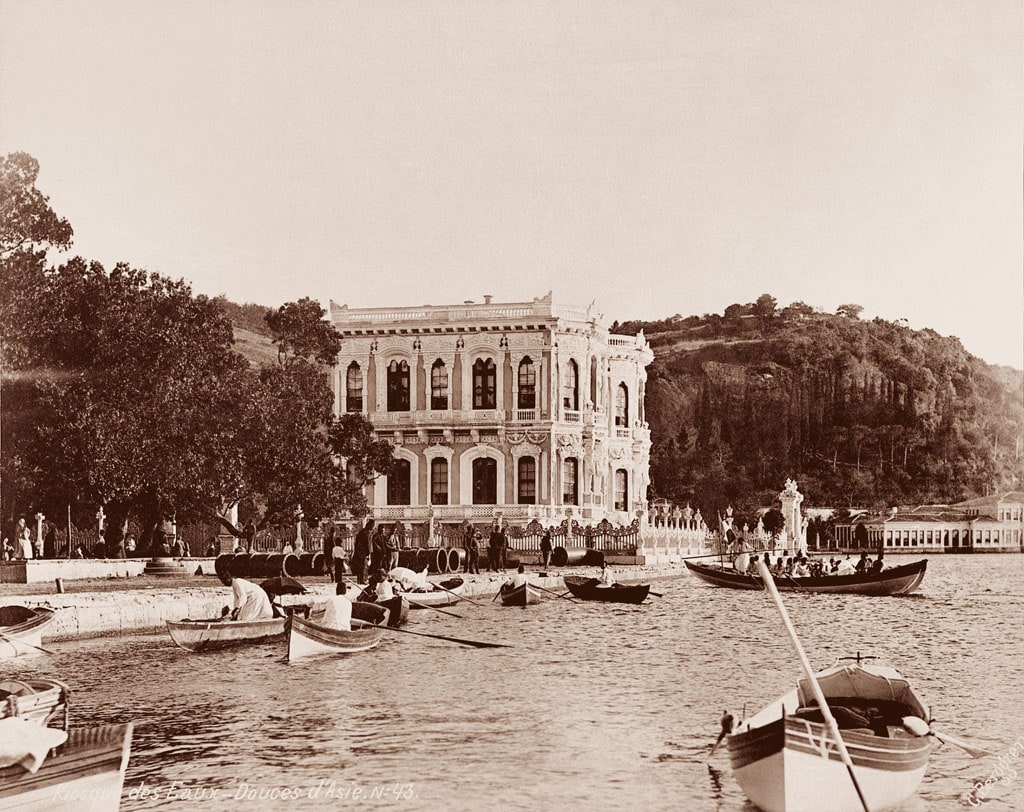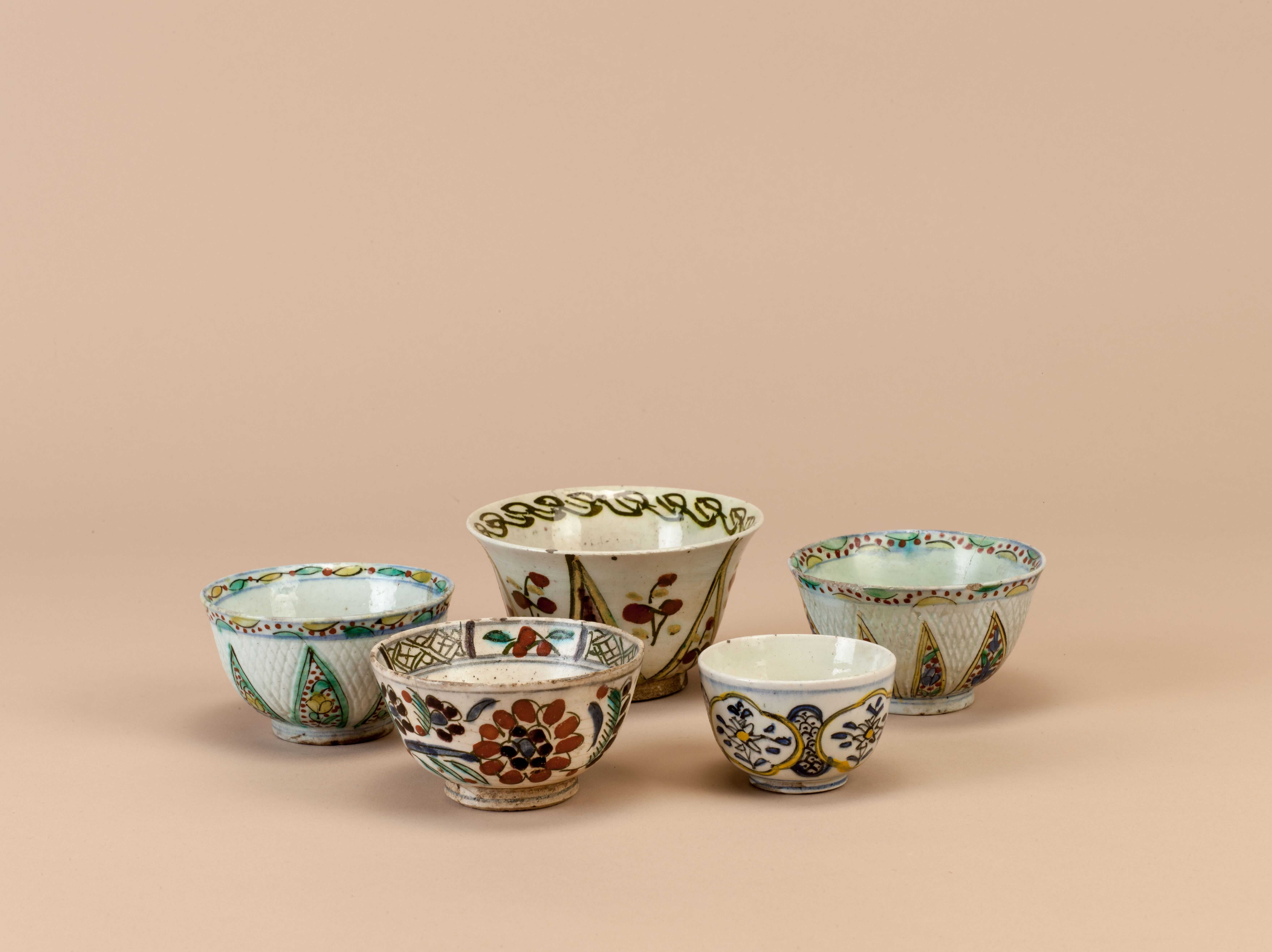Curator in Conversation
December 14, 2016 / 18:30
Lucienne Del’Furia, one of the co-curators of the exhibition Félix Ziem: Wanderer on the Sea of Light will take a closer look into Félix Ziem, one of the most original landscape painters of the 19th century. Long forgotten by art historians after his death in 1911, the artist was hailed as a forerunner of impressionism and as a pre-impressionist. This presentation will explore Ziem’s life as well as his creative process and present new angles into his work.
Lucienne Del'Furia is a graduate of the Louvre School, the University of Paris IV-Sorbonne and the National Institute of Heritage. She was the curator of the museum of underwater archeology and then took on the responsibility for the cultural heritage of the Languedoc-Roussillon region. Since her arrival in 2006 as the director of the Ziem Museum, she has presented several exhibitions on Ziem and has contributed to many books on this artist.
Free of admissions, limited seats.
The talk is in French with Turkish consecutive translation.

Berggren acquires the techniques of photography in Berlin and holds different jobs in various European cities before arriving in İstanbul. Initially en route to Marseille, he disembarks from his ship in 1866 and settles in İstanbul, where he is to spend the rest of his life.

Coffee was served with much splendor at the harems of the Ottoman palace and mansions. First, sweets (usually jam) was served on silverware, followed by coffee serving. The coffee jug would be placed in a sitil (brazier), which had three chains on its sides for carrying, had cinders in the middle, and was made of tombac, silver or brass. The sitil had a satin or silk cover embroidered with silver thread, tinsel, sequin or even pearls and diamonds.

1638, the year Louis XIV was born –his second name, Dieudonné, alluding to his God-given status– saw the diffusion of a cult of maternity encouraged by the very devout Anne of Austria, in thanks for the miracle by which she had given birth to an heir to the French throne. Simon François de Tours (1606-1671) painted the Queen in the guise of the Virgin Mary, and the young Louis XIV as the infant Jesus, in the allegorical portrait now in the Bishop’s Palace at Sens.
Tuesday - Saturday 10:00 - 19:00
Friday 10:00 - 22:00
Sunday 12:00 - 18:00
The museum is closed on Mondays.
On Wednesdays, the students can
visit the museum free of admission.
Full ticket: 300 TL
Discounted: 150 TL
Groups: 200 TL (minimum 10 people)